595 tulosta löytyi
Skip results of view Uutiset
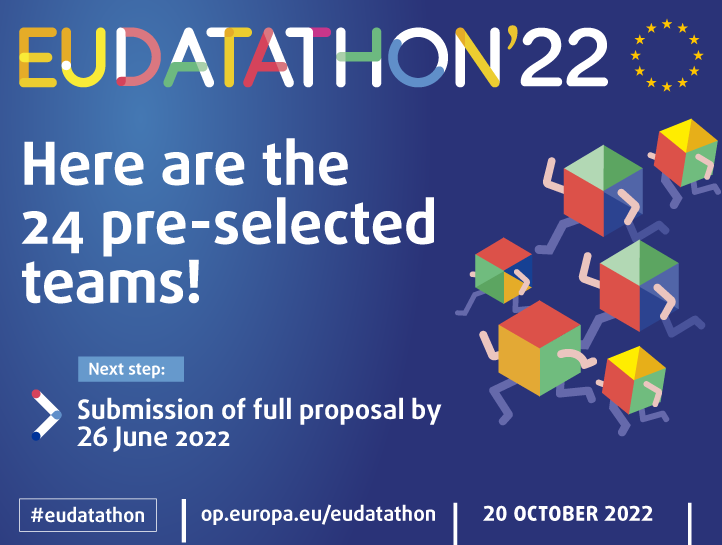
‘The European Green Deal’, ‘Transparency in public procurement’, ‘EU public procurement opportunities for young people’ and ‘A Europe fit for the digital age’, these are four challenges put forward for this year´s edition of EU Datathon. The call for submission of proposals for apps built on EU open data and contributing to these challenges has resulted in 156 ideas from 121 teams, coming from 38 countries. The Publications Office of the EU is pleased to announce the 24 teams pre-selected for the next stage of the competition. We would like to congratulate the pre-selected teams and thank
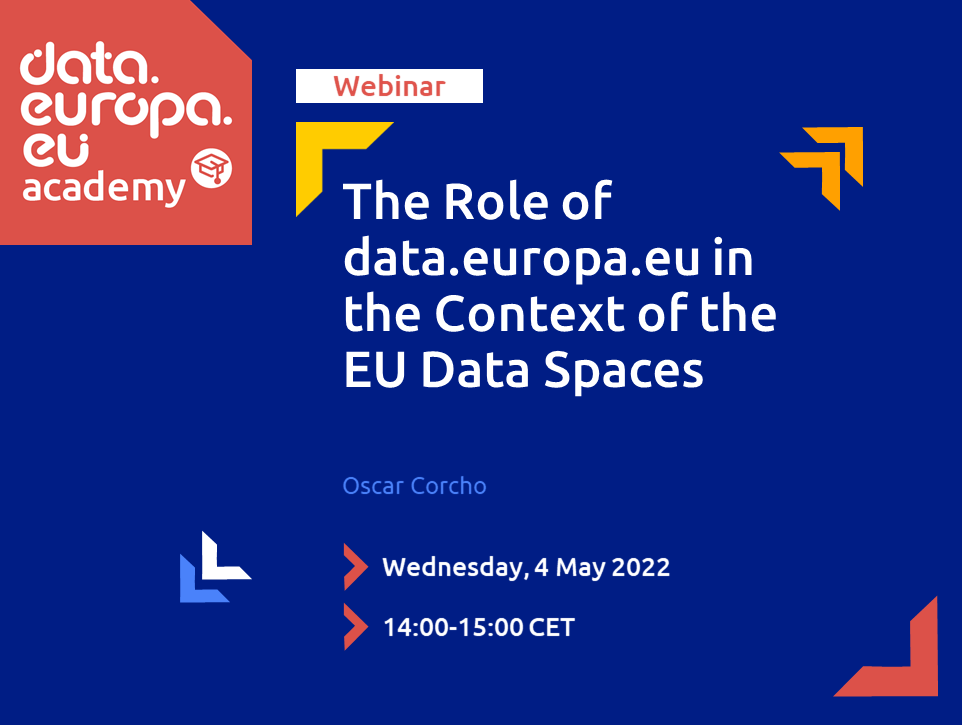
Open data helps solve real-world problems, but the nature of open data means that it represents only a subset of information. For example, data collected as a part of any student’s education can be sensitive and some institutions want to maintain control over how datasets can be used and with whom they can be shared. Wanting to keep data as open as possible while recognising that some data should not be completely open has led to the concept of a “data space”, where a community of individual s share and use data according to pre-set rules. During this webinar on open data and how it fits into
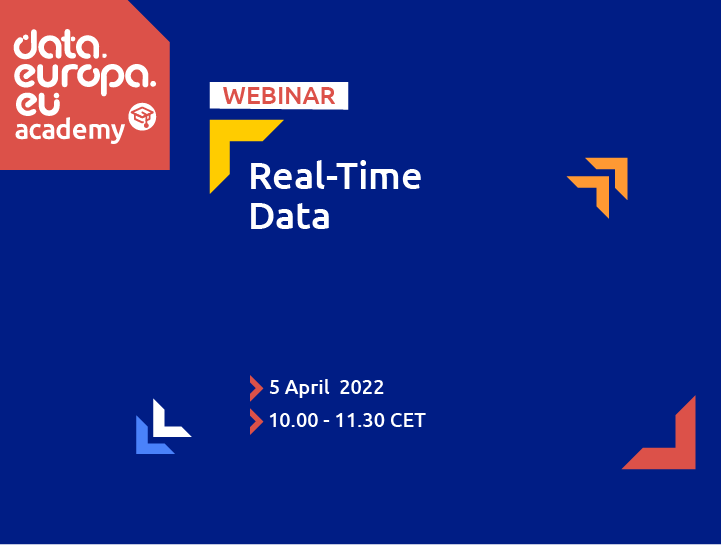
Countless users rely on real-time data to understand whether it will rain in the next 30 minutes or to check gasoline prices before filling their cars on the way to work. These dynamic datasets can even save lives, such as with weather and flood warnings. On 5 April 2022, the data.europa academy hosted a webinar on real-time data to explain how the site handles numerous real-time data sets. Our presenters Antje Kügeler and Simon Jirka helped participants to understand: what is real-time data; the different types of real-time data that are available on data.europa.eu; the necessary technology
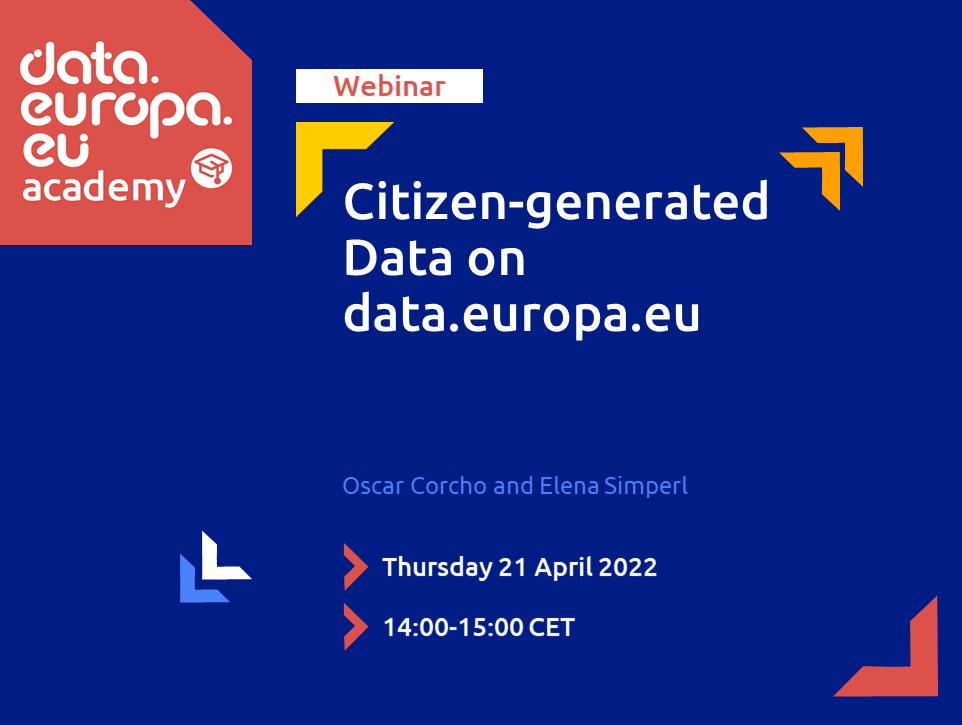
T he private sector often relies on user-provided information to keep data relevant, particularly in dynamic environments. Crowd-sourc ed information from users ha ve helped mapping applications to inform drivers about traffic jams and help diners find cafés with empty tables. Citizens also produce and collect data to help their communities and the wider environment , whether to track deforestation , marine pollution , or broken streetligh ts . While citizens collect and share a lot of useful data, open data portals hold very few citizen-generated datasets, both in absolute and relative terms
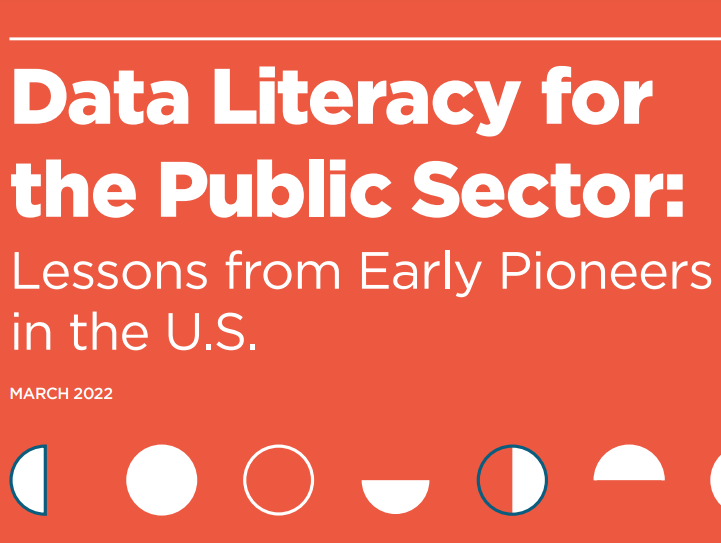
Data literacy is increasingly recognised as a core competency in organisations. A data literate workforce means that individuals across the organisation can read, write, and communicate with data in the context of their role. The report “ Data Literacy for the Public Sector: Lessons from Early Pioneers in the U.S. ” published in March 2022 by the Data Foundation states that advances in the access, collection, management, analysis, and use of data across public sector bodies substantially contributed to steady improvements in governmental services. The report investigated 10 pioneering
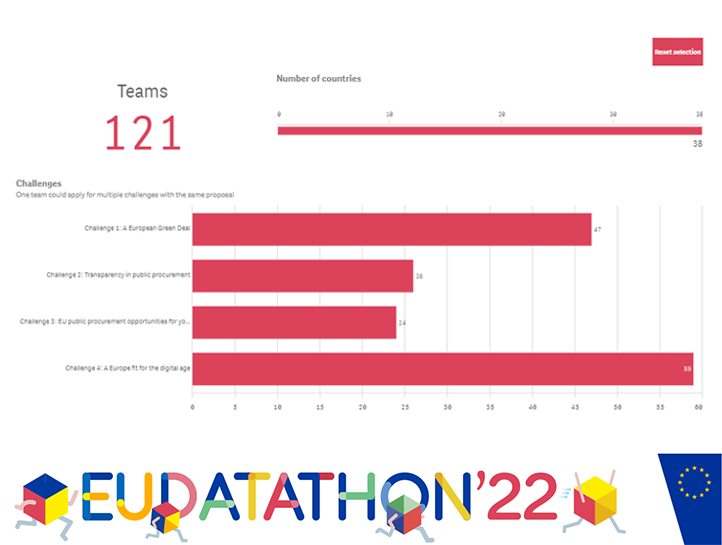
The deadline to submit proposals for applications using open data from data.europa.eu closed on 31 March 2022. We are pleased to announce that we received a record 156 proposals to address this year´s challenges! Overview The proposals came from 121 teams, from 38 countries. The challenge ‘A Europe fit for the digital age’ attracted highest number of app proposals (59). It was followed by the challenge ‘European Green Deal’ (47). The two other public procurement challenges using ted.europa.eu together collected 50 proposals, broken down into: Transparency in public procurement (26) EU
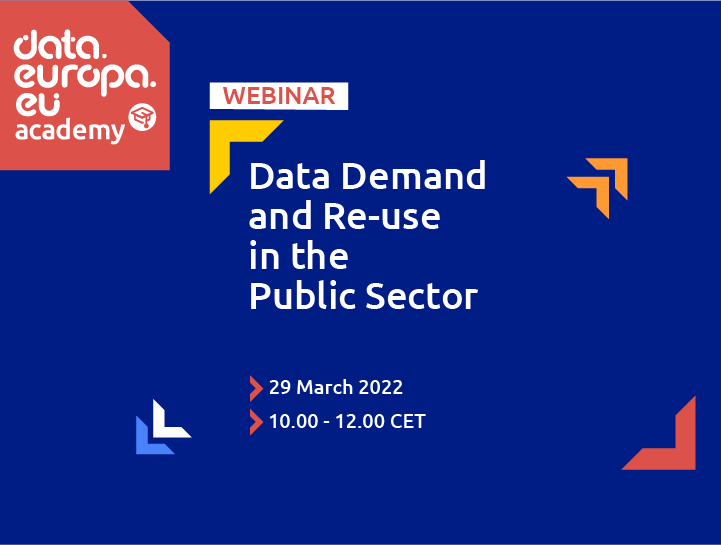
Julkisen sektorin datakysynnän mittaamistakäsittelevän keskusteluasiakirjan jälkeen data.europa- akatemian verkkoseminaarissa pyrittiin tuomaan esiin avoimen datan kysynnän ja uudelleenkäytön merkitys julkisella sektorilla. Voit nyt katsoa istunnon tallennuksen. Lissabonin Eurooppa-neuvoston apulaisjohtajan ja tutkijan Charlotte van Ooijenin esittelyn jälkeen kaksi käytännön ja tiedemaailman asiantuntijaa, Frederika Welle Donker ja Antonin Garrone esittelivät tiedon kysynnän arviointia koskevia parhaita käytäntöjä ja pohtivat avoimen datan tarjontaan kohdistuvia vaikutuksia maltillisessa

Millions of people affected by Russia’s invasion of Ukraine have fled the country. In this crisis, providing reliable information is key to manage humanitarian aid and collect evidence to support the country. Monitoring the movement of refugees from Ukraine to other countries in Europe helps governments to make the necessary strategic decisions based on factual data. Since the beginning of the war, data.europa.eu joined the initiative and provides the central access point to information from national and supranational data portals on the effects of Russia’s invasion of Ukraine. Information at

Pakotteet ovat keskeisiä välineitä, joiden avulla EU voi puuttua konflikteihin tai vastata meneillään oleviin kriiseihin. EU:n pakotekartan avulla voidaan seurata kaikkia muita kuin rankaisevia rajoituksia, joita EU on soveltanut Euroopan ulkopuolisiin maihin, kuten varojen jäädyttämistä, aseidenvientikieltoja tai maahanpääsyä koskevia rajoituksia. Eu:lla on tällä hetkellä käytössä yli 40 erilaista pakotejärjestelmää, joista osa on YK:n turvallisuusneuvoston valtuuttamia, kun taas toiset EU hyväksyy itsenäisesti. Viimeksi mainittuihin toimenpiteisiin kuuluvat myös rajoittavat toimenpiteet
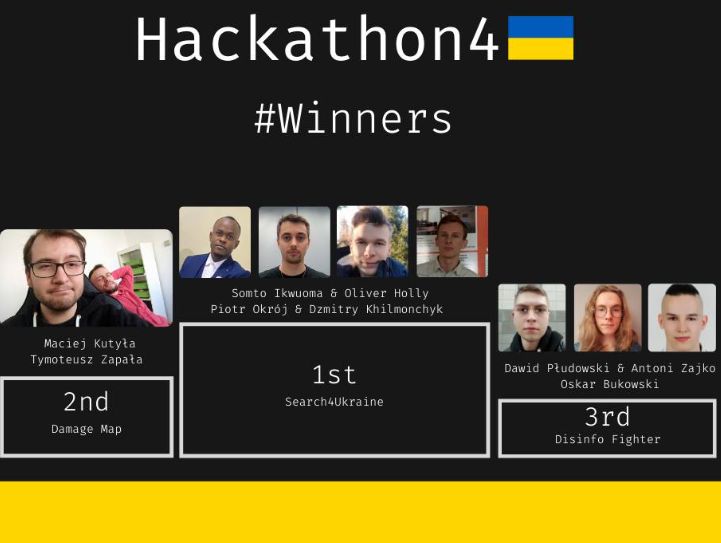
On 19 March 2022, Hackathon4Ukraine, a coding event took place, challenging data enthusiasts from all around the world to develop apps to help Ukrainian population affected by the Russian invasion. This initiative was organised by a group of programmers and students from the Warsaw University of Technology and the Imperial College London. With the support of professional programmers, participants developed mobile or web applications within 24 hours. To facilitate the creation of impactful solutions, volunteers dealing with problems in Ukraine were present throughout the event, sharing their
